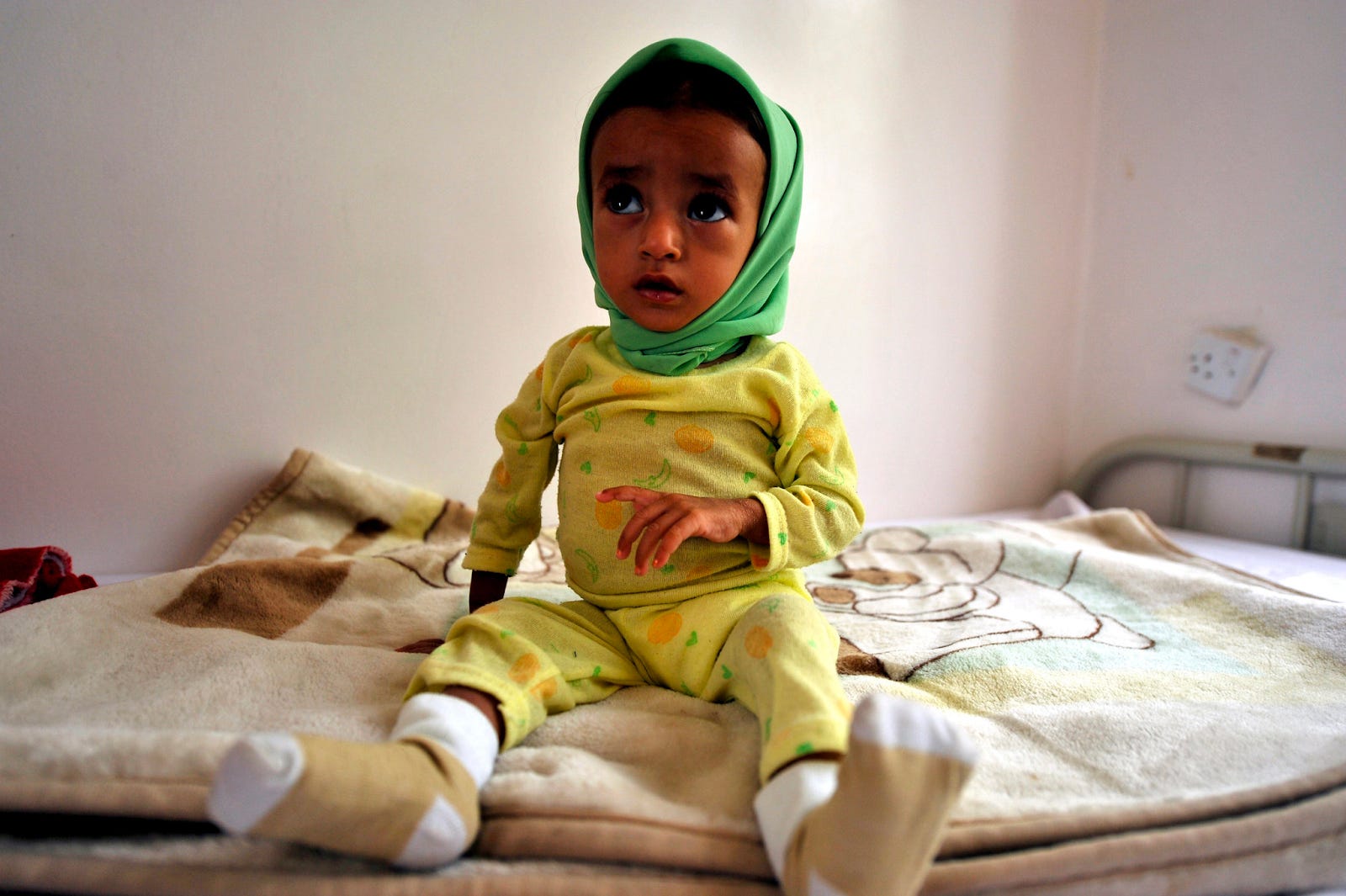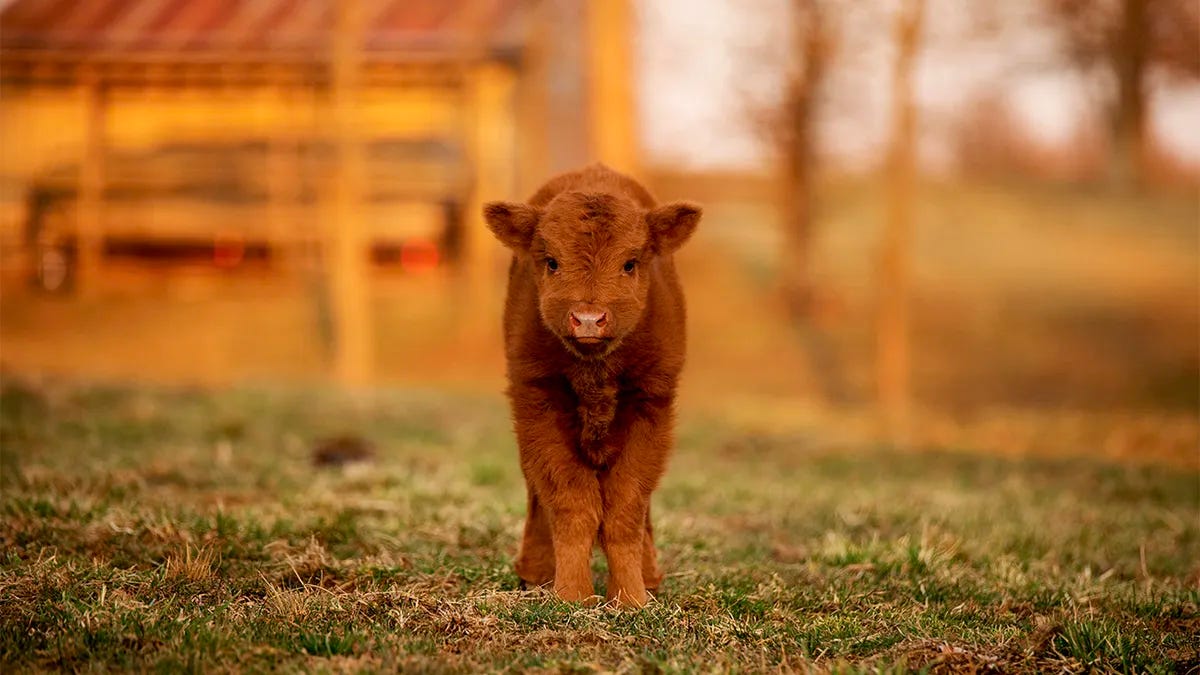|
How Do We Determine Which Children Matter?
Three ethical approaches lead to a surprising conclusion: the children who matter most are the ones we care the least about
 |
One of the notable aspects of moral debates in America today is its focus on children. From drag queens to bombings, the allegation that “children are being harmed” has become one of the most devastating tools of political argument. The American right is dominated by allegations of grooming and pedophilia that presidential candidate Ron DeSantis made central to his campaign, only to have the allegations fired back at him by Donald Trump. The American left has made the children of Gaza central to its complaints about Israel’s response to the massacre on October 7.
I saw the power of this narrative at my recent trial in Sonoma County. Every time prosecutor Robert Waner would highlight an “extreme” protest by animal rights activists – for example, pouring red dye in a fountain at UC Berkeley – he would follow that by asking, “And there were children walking by, weren’t there?” Some on our side laughed at this tactic. The protests at issue were more comedic than threatening, e.g., dressing up as a chicken at Chick-Fil-A. “Think of the children” seemed like a ridiculous effort to create guilt by association.
Yet I could see some jurors swayed by Waner’s tactic. They shook their heads, disapprovingly, as our witnesses explained that, yes, there were probably some children who saw activists dressed as chickens at Chick-Fil-A.
Days later, I was sitting in a Sonoma jail cell after being convicted of felony conspiracy. The prosecution got the last laugh.
This is not all bad. The power of “think of the children” is a demonstration of the Law of Social Entropy. Over time, societies must move towards greater protection of the vulnerable, such as children, or they will inevitably collapse. And yet the question of which children matter is contested, and a lot is at stake. Most recently, the fight over the Israeli-Palestine conflict is, in many ways, a fight over who matters: the Israeli children killed by Hamas, or the Palestinian children killed in the Israeli military’s response? World peace hangs in the balance.
The argument I want to make here is that, when we try to figure out the right way to answer this question, we come to some unexpected conclusions. In particular when we apply three plausible approaches to answering the question of which children matter – numbers, intent, or impact – we see that we are all probably focused on the wrong children.
It turns out the children who matter are the very children we care the least about.
Numbers: The Utilitarian Approach
The most obvious way to answer the question of which children matter is to look at the numbers. That is, the number of children harmed and the degree of their suffering. Call this the utilitarian approach.
This framework explains why the Sonoma prosecutors’ arguments about children were misguided. While it probably is the case that at least one child felt harmed by the red fountain at UC Berkeley, both the number of children harmed and the degree of their suffering are surely insignificant.
The focus on numbers is also central to the leftist argument on Gaza: While Hamas killed many children on October 7, the Israeli military has killed so many more. Accordingly, it’s appropriate, under this analysis, to focus on the Palestinian children over the plight of even those Israeli children who remain hostages of Hamas.
But there is something curious about the numbers argument. Bombings in Yemen, which have been funded by the United States and Saudi Arabia, have probably killed 10 times as many children as the bombings in Gaza. (The UN estimated in 2020 that a shocking 233,000 civilians had died in the conflict, including 85,000+ children who have starved to death. In contrast, 24,000 have died so far in Gaza.) Why has there been so little attention paid to the children in Yemen?
Animal rights activists, of course, have an even stronger argument based on the numbers approach. If we count a nonhuman child at even 1/1000th the weight of a human child, violence against animals is the worst atrocity against children in history, as if we ruthlessly killed 10 million human children every year in the United States.¹
Critics may suggest, however, that this simply demonstrates that looking at numbers alone is not the right approach. The bombings in Yemen and Gaza are different from the intentional slaughter of children by Hamas on October 7. That is even more true of the person eating a chicken nugget at Chick-Fil-A. The Chick-Fil-A consumer is not intending to cause suffering to a baby of six weeks (the age at which chickens are slaughtered) but rather to get her daily protein. That brings us to what philosophers describe as the deontological approach.
Intent: The Deontological Approach
One of the central issues in recent debates about the suffering of children is the intent of those causing the harm. While it is terrible that children suffer from homelessness, starvation, or as collateral damage in war, there is a big difference between that sort of harm, on the one hand, and harm that is intentionally caused. The former harms, such as homelessness or starvation, are not caused by wrongful actions; the latter, such as murders by terrorists, are caused by intrinsically evil acts. (The branch of philosophy that focuses on the inherent wrongfulness of an action is called deontological ethics.)
A focus on intent shows even more clearly why the Sonoma prosecutors’ condemnation of animal rights activists is misguided. Zoe Rosenberg and Cassie King, the two activists who led the red-fountain protest at UC Berkeley, did not intend to harm any children. Indeed, it probably did not occur to them that children would be present, given that the fountain was in a university and not a preschool.
Intent is also central to understanding the debate about the Israeli-Palestine conflict. Those who support Israel often seek to shift our analysis of “which children matter” by examining the intent of those who cause harm. Unlike the Palestinian child killed in a bombing, according to this analysis, the Israeli child murdered in a kibbutz was a victim of intentional violence – an intrinsically evil act. Accordingly, it makes sense to focus more of our sympathy on the Israeli hostage, i.e., the victim of wrongful intent.
We can similarly distinguish, using the intent framework, a murderer and someone eating a chicken nugget at Chick-Fil-A. The chicken consumer has no intent to cause violence against a vulnerable being. She just wants something to eat.
There is something to be said of the intent-based approach. We do not condemn accidents as much as intentional violence. There is, for example, a vast moral difference between involuntary manslaughter and first degree murder. (The owner of the Sonoma egg farm that sought to incarcerate me, for example, was apparently given no jail time for killing someone in a traffic accident in 2021. Even though he succeeded in imprisoning me, I think his no-jail sentence was appropriate, partly because of his lack of homicidal intent.)
Yet there’s something unsettling about an exclusive focus on intent. For one, the distinction between intent and knowledge is a thin one. The Israeli pilot who bombs an apartment complex may not intend to kill children but he surely knows it’s a likely consequence. More importantly, from the point of view of the victim, what difference does it make? A child who is maimed in Gaza won’t suffer less because the bomber didn’t intend to hurt her.
The same is true, to an even greater extent, of the animal in a factory farm. The baby chicken who is scalded alive receives no consolation from the consumer who did not intend for her to be tortured. What matters is what happens to her in the real world. And that brings us to the most important moral framework: one focused on impact.
Impact: The Real-World Approach
We care about numbers primarily because they seem to have a real-world impact. When two children die, surely that’s worse than one.
And we condemn wrongful intent because of its implications in real life. Someone who kills intentionally is more likely to cause further harm than someone who causes death in a terrible accident.
But this simply shows us why both numbers and intent are insufficient to answer the question of “which children matter.” To correctly answer that question, we have to look at real-world impact. How does our decision to focus on one set of children, or another, actually affect the world?
And there is something curious that happens when we answer the question through this lens. We realize that, to have impact, we have to focus on the children we care the least about. There is evidence, for example, that in order to persuade an adversary on a contested political issue, we must frame our argument in terms of the values that matter most to them, not to us. The defender of the children of Gaza, then, must do a particularly good job of showing that she also cares about the children of Israel killed by Hamas. Only by challenging her own empathic gaps can she effectively ask others to challenge theirs.
There is, however, an even deeper point. To ensure real world impact, we must build systems, and not just fleeting movements, that are focused on protecting those who are most vulnerable. To build such systems, in turn, it is not enough to defend those beings who are the “cause of the day.” The Yemeni child who is starving may not be trending on Twitter, but her suffering is just as real as what we see on social media. And a society that ignores her suffering is not a society that will truly protect children in any meaningful way.
The same attention deficit is true of nonhuman animals. For 10,000 years, we have bred into domestic animals child-like characteristics to make them docile and defenseless. That process – which biologists call neotenization – created wolves with puppy-like characteristics, such as floppy ears and oversized feet. In other words, dogs. It also created massive baby-like boars who, though larger than NFL linemen and many times as strong, are as gentle as the sweetest child. In other words, farm pigs.
These giants have been bred to be so innocent that the greatest threat they pose is accidentally hurting us when they struggle as we attempt to slit their throats. (Indeed, this is one of the reasons that meatpacking has been described by the Bureau of Labor Statistics as the nation’s most dangerous occupation.) Yet who hears the baby pig’s cries as she is torn to pieces on the slaughter line?
I do not mean to argue that everyone should drop what they are doing for Israeli hostages or victims in Gaza, and focus instead on the children of Yemen or the pigs in a factory farm. However, if we are concerned about real world impact, it’s crucial that we always ask which set of children truly need our attention most. When we do so, what we will find that it’s often the case that the children who need the most attention, and whose lives we have the most ability to change, are the ones that our society cares the least about.
There are around 10 billion domesticated land animals killed every year in the United States, and virtually all of these animals are juveniles. Chickens are killed at 6 weeks, relative to a lifespan of up to 10 years. Pigs are killed at 6 months, at less than one half their adult size. And cows are killed at 18 months, when they have a natural lifespan of up to 20 years. Even if each of these animals is worth just 1/1000th the life of a human child, the slaughter of these nonhuman children would be equivalent to 10 million children killed every year, i.e., 10 billion divided by one thousand.
Thank you for reading The Simple Heart! To help us reach more people, become a donor today.


